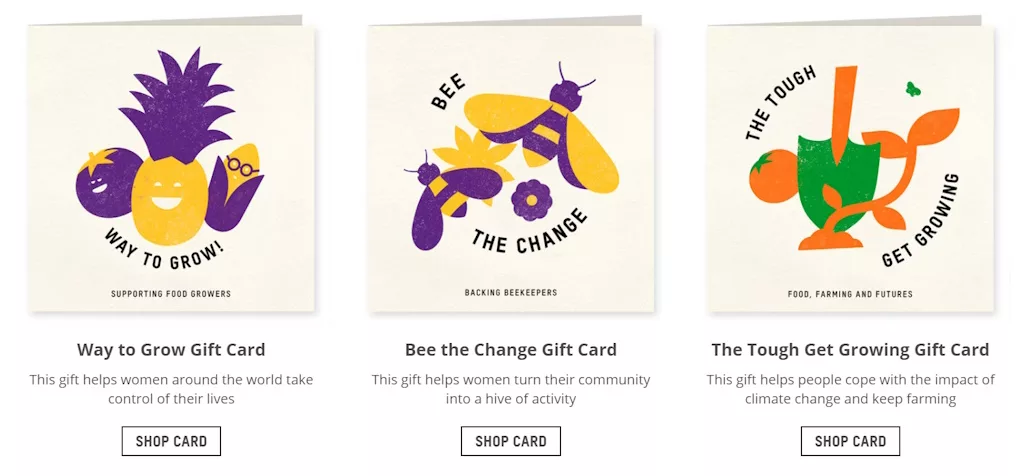Fundraising is the lifeblood of charity. We’d all like to live in a world where people give to nonprofit organizations without prompting. Or even better, to live in a world where people don’t have to give to charity. Unfortunately, that’s not the world we face. Far from it.
Nowadays, more people are struggling than ever before, and for nonprofits, that hits three times as hard – more people to help, more charities taking donations, and fewer people able to give. So, how are you supposed to keep your head above water? By being smarter. The good news is that there’s now more information than ever to help us make informed, data-driven decisions.
Collecting Data
While it can seem daunting to think about collecting data for lesser-known metrics, it is worth noting that your nonprofit probably already uses software that can help. If you use case management checklist software, a CRM platform, or marketing automation software, there’s already a lot of data available to you – you just need to unlock its potential.
Just make sure to do your due diligence first – keeping data involves complying with a lot of privacy and security regulations, so your first step should be ensuring you meet any local requirements. Once you’ve done that, you can start collecting data and gathering insights.
9 Important Fundraising Metrics
1. Segmented Donor Lifetime Values
If you’re reading this, there’s a good chance you know about donor Lifetime Value (LTV), and you might be tracking it already. If you are, have you considered segmenting the LTVs into different demographics? Combining segmentation with LTV data allows you to take a more holistic approach to your strategy.
2. Fundraising Return on Investment (ROI) By Channel
Similarly, while fundraising ROI is a standard metric to follow, you may find that breaking it down by channel (e.g., direct mail, telemarketing, online raffles) can provide more granular insights into each channel’s efficacy. This can be invaluable for optimizing resources.
3. Likelihood to Recommend (Net Promoter Score)

A Net Promoter Score (NPS) is stolen straight from the for-profit sector but can also be a valuable metric for charities and nonprofits. It tracks a donor’s likelihood to recommend your organization to others. This can significantly measure overall donor satisfaction. It also gives you a good idea of who to gather feedback from – what can you do to turn passive donors into promoters?
4. Lead Time to Donation
Another way to take a more holistic view of your donor’s journey with you is to monitor the Lead Time to Donation (LTtD), giving you insight into the efficiency of your fundraising efforts. A shorter LTtD is an excellent indicator that your message is hitting home. In contrast, a longer LTtD might indicate that your communication needs improvement.
As you assess the LTtD, consider leveraging strategies like implementing multistep forms to streamline the donation process. They can guide donors through the giving process, enhancing their experience and potentially reducing the LTtD while increasing donor engagement.
5. Attribution Analysis
Once you have identified a longer LTtD, you can place the friction points where poor communication is slowing the process down. This is where attribution analysis techniques, such as last-touch attribution, can help.
For example, you may have a great fundraising team who put on fantastic events only for donors to be deterred by a poor website. Or, maybe you need to tailor your message to different demographics. A more direct message intended for an Aussie audience might go down well on your Only Domains .com.au website but fall flat on an American .us domain. Identifying the friction points through LTtD monitoring can help tailor your message to your audience.
6. Percentage of Gift Donations

The percentage of gift donations (or soft credits) is a fascinating metric as it provides genuine insight into how your nonprofit is perceived. Many people give to worthy charities, but only a handful are lucky enough to have people who want to gift donations to their friends and relatives. A high percentage of soft credits indicates that you’re on the right track with your messaging and genuinely perceived as one of the good guys.
7. Donor Lifetime Value to Cost of Donor Acquisition Ratio
While it’s somewhat of a tongue-twister to say, it can be a valuable metric to follow. Calculating your Donor Lifetime Value to Cost Donor Acquisition (LTV:CAC) ratio can provide real insight into the actual cost efficiency of your acquisition strategy; the higher the ratio, the more economically effective your fundraising is.
Understanding this metric can also help you use your resources more effectively. If you have a high ratio then you can probably afford to put some more money into acquisition. Meanwhile, if you have a low ratio? You may need to work on your nonprofit community engagement techniques.
8. Frequency of Contact or Outreach Rate
This is a slightly different angle, but it is just as important to make sure that your fundraising efforts are hitting the right groups. Your frequency of contact will monitor how often your team is contacting donors. From here, you’ll be able to see how your frequency of contact affects different donor groups’ likelihood of donation.
On top of this, tracking your outreach rate can also be important for making sure that you don’t bother potential donors too often. So, make sure you track all methods of contact, from email, to phone calls, to social media call-outs. This way, you’ll be able to make sure your frequency of contact across these channels doesn’t become too much.
Conversely, consider tracking how often donors are contacting you and if there are frequent questions that arise. Consider looking into technology solutions to help with this – asking questions like ‘What is IVR from Vonage?’ or ‘Can AI chatbots monitor sentiment?’ can be invaluable here, as clever software choices can be a great way to answer common questions and provide you with great insights into your donors.
Furthermore, implementing volunteer management software can also enhance your organization’s efficiency and streamline communication with your dedicated volunteers. This will help to avoid volunteers accidentally contacting the same donor twice.

9. Reactivation Rate
Churn is an inevitable part of a donor lifecycle with you; however, targeting lapsed customers can be well worth it – when done right. You know you are targeting people sympathetic to your cause, and figuring out the best tactics for getting donors back can be invaluable.
This metric can also give you insight into your perception in general. If you have a high churn rate, it’s likely people are initially sold on your messaging but over time, lose interest. Unfortunately, we live in a world where even the most generous of donors can’t afford to give to all the nonprofits who need donations – so figuring out how to lower that churn rate and maintain commitment from your donors is key.
In Short
That way, with the right strategy in place for your fundraising, you can focus on your mission: to make things better.



